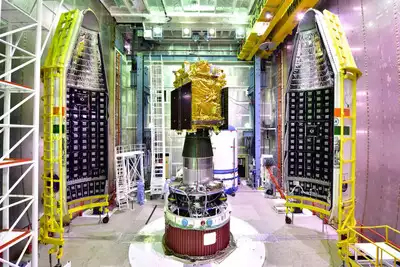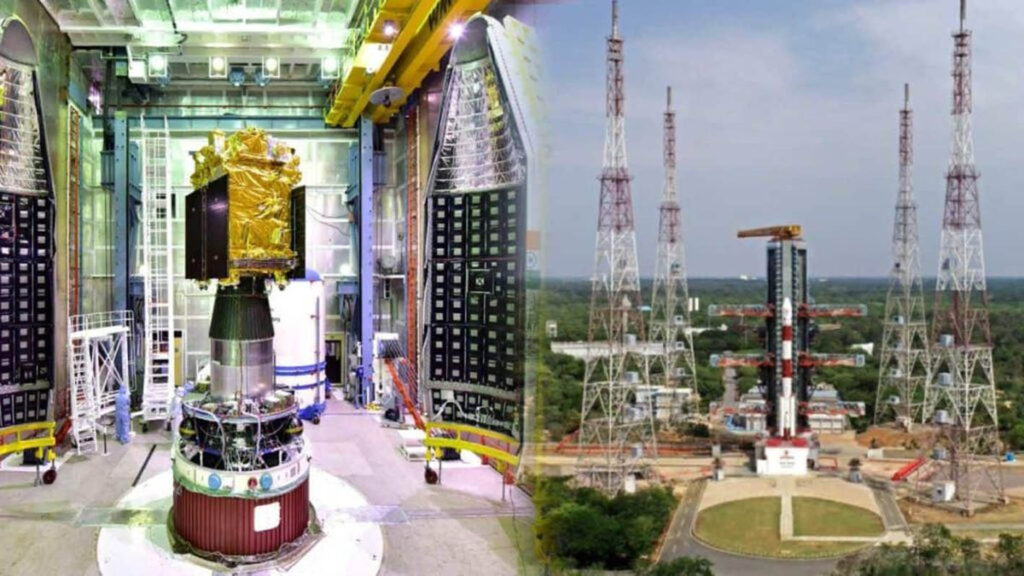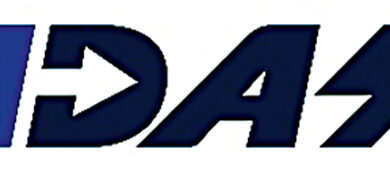ISRO completes launch rehearsal and rocket internal checks of Aditya-L1 solar mission
Lagrangian Point L1:
- Lagrange Points are positions in space where the gravitational forces of a two-body system like the Sun and Earth produce enhanced regions of attraction and repulsion. These can be used by spacecraft as “parking spots” in space to remain in a fixed position with minimal fuel consumption.
- The L1 point of the Earth-Sun system affords an uninterrupted view of the sun and is currently home to the Solar and Heliospheric Observatory Satellite SOHO.
- Giving an update on its Aditya-L1 mission to study the Sun, ISRO said the launch rehearsal and the rocket’s internal checks have been completed.
Bengaluru, August 31. ISRO provided an update on its Aditya-L1 mission to study the Sun. The Space Agency said the launch rehearsal and the rocket’s internal checks have been completed.

The mission is scheduled to be launched on September 2 at 11.50 am from the Sathish Dhawan Space Centre, spaceport Sriharikota in Andhra Pradesh.
Aditya-L1 spacecraft is designed for providing remote observations of the solar corona and in situ observations of the solar wind at L1 (Sun-Earth Lagrangian point), which is about 1.5 million kilometres from the earth.
It will be the first dedicated Indian space mission for observations of the Sun to be launched by the Bengaluru-headquartered space agency.
The spacecraft — the first space-based Indian observatory to study the Sun — would be launched by PSLV-C57 rocket.
“The preparations for the launch are progressing”, ISRO said in a social media post.
“The Launch Rehearsal – Vehicle Internal Checks are completed”.

The Aditya-L1 mission, aimed at studying the Sun from an orbit around the L1, would carry seven payloads to observe the photosphere, chromosphere and the outermost layers of the Sun, the corona, in different wavebands.
Aditya-L1 is a fully indigenous effort with the participation of national institutions, an ISRO official said.
The Bengaluru-based Indian Institute of Astrophysics (IIA) is the lead institute for the development of Visible Emission Line Coronagraph payload.
Inter-University Centre for Astronomy and Astrophysics, Pune, has developed the Solar Ultraviolet Imager payload for the mission.
Aditya-L1 can provide observations on the corona, and on the solar Chromosphere using the UV payload and on the flares using the X-ray payloads. The particle detectors and the magnetometer payload can provide information on charged particles and the magnetic field reaching the halo orbit around L1.





